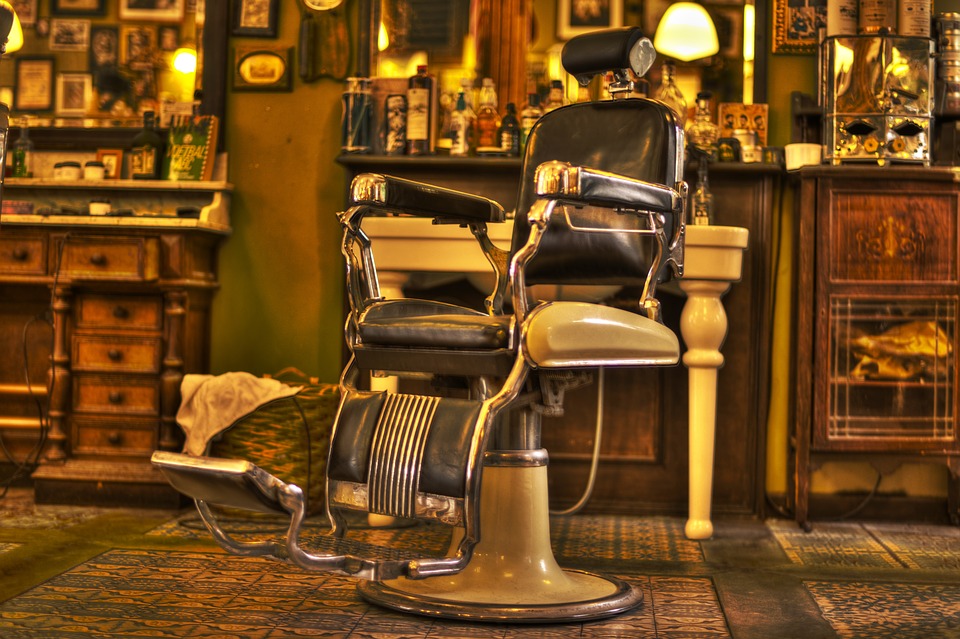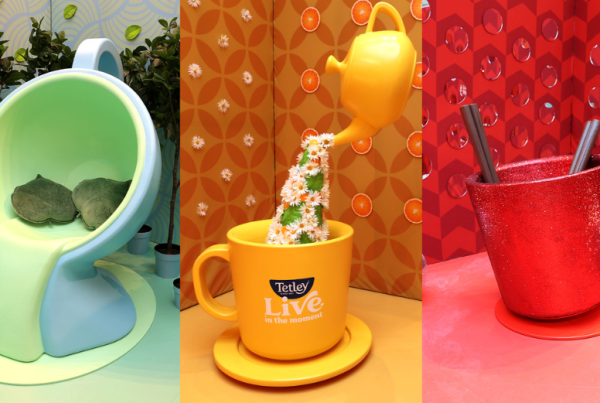Experiential marketing is all about immersive sensory input but, since the outbreak of the pandemic, our senses are the very things we need to protect from potential infection. So how can we reach target audiences now, during this time between lockdown and further easing of restrictions? And when can the experiential industry expect a return to live experiences and activations?
For now, to continue servicing our clients, Habitat has been focused on those aspects of life that have blossomed under the COVID-19 restrictions. The first one is obvious, increased online activity.
Habitat has harnessed this trend to promote simple online experiences that drive tangible in-home experiences. For example, consumers could be rewarded for engaging with a simple online game via a swipe-up link and receive an in-home, unboxing experience delivered to their door. This could include branded merchandise, sample products, or special codes for shopping and hidden content.
Another opportunity has been for drive-in, or even ‘ride-through’ experiences given the unprecedented upswing in bicycle sales during lockdown. The fact is there are ways for us to deliver on the experiential promise during the indeterminate state we currently find ourselves in.
There are signs however, the industry is slowly stirring from its slumber.
Julian Roth, Director at venue consultancy Venue Advantage says, “We saw experiential pretty much dry up upon the government cancellation of the F1. Three months on we are starting to see a bit of confidence come back. We are starting to see brands and agencies making enquiries and some briefs are circulating. As the restrictions have been eased, we are seeing a steady increase in interest. What we haven’t seen yet is anyone actually commit. There is a reticence out there that’s almost like no one wants to be the first. It’s my take that June seems to be an exploratory month, I think you’ll find its July before we start to see anything go live.”
These are cautiously encouraging words from Julian whose organisation is a barometer for experiential marketing activity. These sentiments are shared by Havas Sports and Entertainment General Manager, Francis Coady who says, “As of this week a large consumer electronics client of Havas SE has indicated that dramatic increase in foot traffic numbers at major shopping centres has warranted investigation into rolling out physical activations on ground. We’ve also had a lot of interest and client engagement on activity at the snowfields due to a record number of pre-booked lift passes and the expected bumper season post-lockdown.”
So with this promising outlook how can we be ready for the resurgence and what will be different?
What has become evident is that experiential marketing and activation space will have to adapt. There will be two clear provisions moving forward. The first is the operational requirements of each venue regarding hygiene protocols, attendance numbers, and the like. The other, potentially more challenging, is to shift the public’s perception that crowded spaces are unsafe, to brand experiences are safe, fun, and informative. It’s only by using best practices that we will give consumers the confidence to keep engaging and experiencing, which will give the brands the confidence to keep briefing and booking.
One is for certain, however. It’s up to all of us; every agency, every account manager, every producer, every campaign manager, every brand ambassador and
every supplier to ensure that experiential marketing returns bigger, better, and more engaging than ever.
If this sounds a bit like a call to arms, that’s because it is.













